A pediatric psychologist weighs in on continued masking for kids
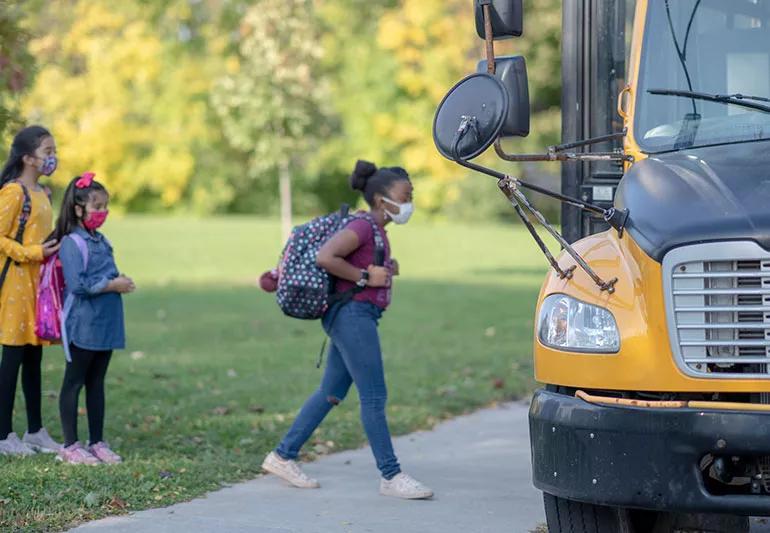
As the COVID-19 pandemic continues, you may be struggling to maintain masking practices and other pandemic-related precautions — especially if your kids have returned to in-person school settings.
Advertisement
Cleveland Clinic is a non-profit academic medical center. Advertising on our site helps support our mission. We do not endorse non-Cleveland Clinic products or services. Policy
With variants on the rise, many schools have re-instituted masking rules that they’d begun to loosen. And in mid-July, the American Academy of Pediatrics recommended that all staff and students older than age 2 years wear face masks upon returning to the classroom.
Wondering how to get your kids to keep up the masking momentum? Child psychologist Emily Mudd, PhD, weighs in.
“Sustained behavior change is challenging for anyone, and at this point, children and adults alike may be dealing with burnout related to pandemic precautions,” Dr. Mudd says.
To help children better grasp the importance of masking, relate the practice to other lifesaving measures behaviors that your child does every day — for example, wearing a seatbelt or a helmet, looking both ways before crossing a street, and so on.
“Although these behaviors take a little more time, they are worth it to save lives,” Dr. Mudd says. “Wearing a mask is similar to these behaviors, which is why we cannot stop now when variants are spreading.”
To improve the success of your child wearing a mask in public, it helps to desensitize them at home.
“Keep your kid enthusiastic about wearing a mask by engaging them in the process,” Dr. Mudd says. “Make it fun!” She shares five tips for doing so.
Advertisement
Give kids a mask they can decorate, which will increase the chance that they’ll wear it. Purchase a neutral-colored mask, and let your child decorate it however they wish — with drawings, glitter, stickers, or anything they like.
“Create at least two to three different masks so your child can pick which one they would like to wear for the day,” Dr. Mudd says. “This provides a choice for your children, in a situation where they may feel they have little control.”
Put extra masks in your child’s play area so they are accustomed to having them around. You can also encourage your child to put masks on their dolls or action hero figurines, reinforcing to your child that they, too, are a superhero for stopping the spread of germs.
Have your child play doctor and let them put the mask on you. “Make it fun and introduce masks to your child as much as possible in their everyday play,” Dr. Mudd says.
Children look to adults to model appropriate behavior. If you are wearing your mask, your child will follow your lead.
“Children thrive on structure and predictability, so make wearing a mask part of their everyday routine,” Dr. Mudd says.
Just as your child is accustomed to getting dressed and brushing their teeth before leaving the house, so too can masking become a part of their daily processes — not an additional or burdensome task but simply another thing to do before leaving the house.
Taking steps like these can help your family avoid mask fatigue and continue to stay safe throughout the continuing pandemic. “We have to reduce the fear associated with masks — that they’re abnormal or that something is wrong,” Dr. Mudd says. “Instead, we need to help children understand that masks are just part of daily life now.”
Advertisement
Learn more about our editorial process.
Advertisement
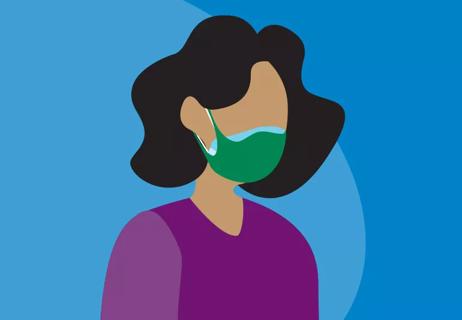
The short answer from an infectious disease specialist

What to know about running in a face mask during the coronavirus pandemic
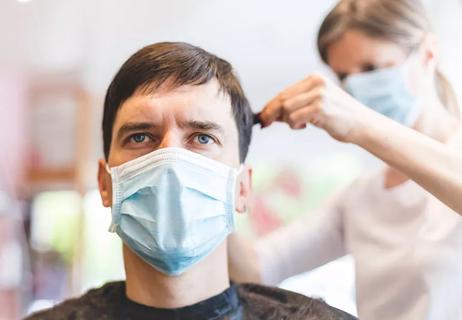
Proper etiquette for asking others to comply with mask rules
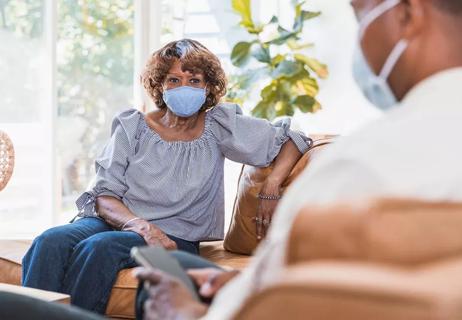
Learn how one simple action can help keep the whole family safe
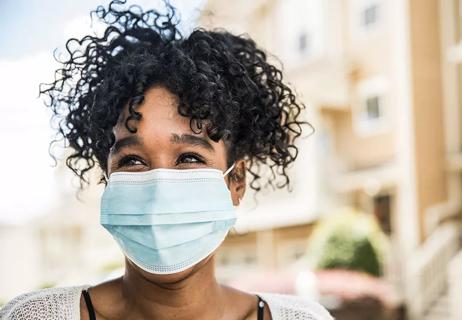
Talking points from a healthcare provider

The short answer from an infectious disease specialist

Make it easier to hear and be heard

The short answer from an infectious disease specialist

Type 2 diabetes isn’t inevitable with these dietary changes

Applying a hot or cold compress can help with pain